Kinnikinnick Companion Plants That Will Make Your Garden Pop
Kinnikinnick (Arctostaphylos uva-ursi), also known as bearberry or mountain box, is a low-growing evergreen shrub that is native to North America. It is prized for its glossy green leaves, which are arranged in whorls around the stems. In the spring, kinnikinnick produces small pink or white flowers that are followed by red berries.
Kinnikinnick is a hardy plant that can tolerate a wide range of conditions, including full sun to partial shade and dry to moist soil. It is also deer-resistant and drought-tolerant. These qualities make kinnikinnick a versatile plant that can be used in a variety of landscape settings.
One of the best things about kinnikinnick is that it is a great companion plant. When planted with other plants, it can help to create a more visually interesting and inviting garden. Here are a few of the best kinnikinnick companion plants:
- Creeping Phlox (Phlox subulata) is a low-growing groundcover that blooms in shades of pink, purple, and white. It is a good choice for planting under kinnikinnick, as it will help to fill in any gaps in the foliage.
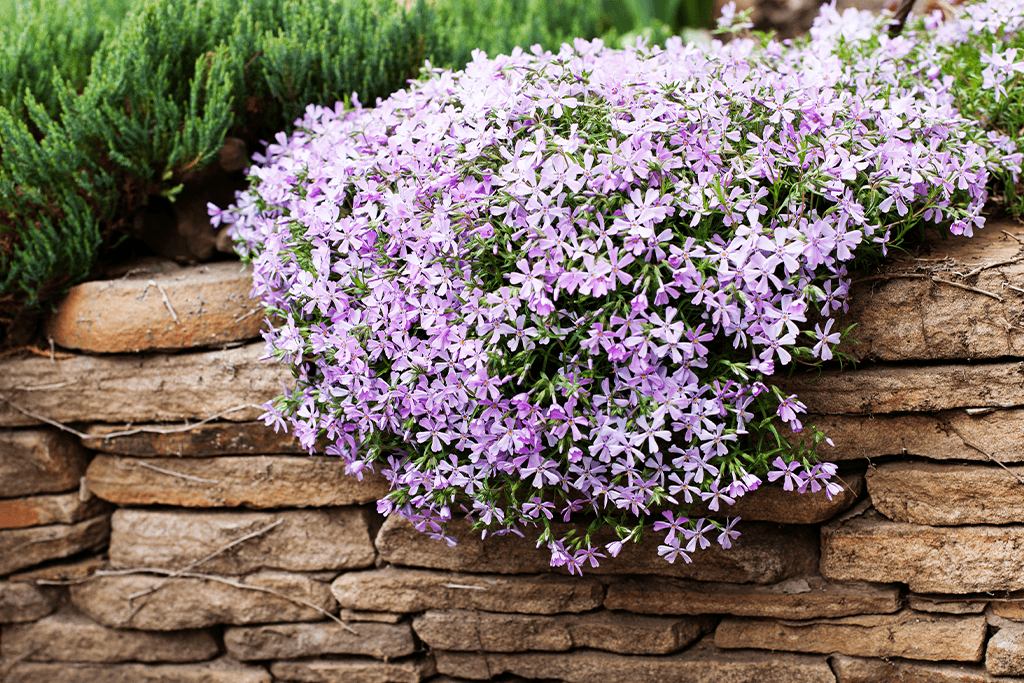
- Dwarf Iris (Iris pumila) is another low-growing groundcover that blooms in the spring. It comes in a variety of colors, including blue, purple, yellow, and white. Dwarf iris is a good choice for planting in front of kinnikinnick, as it will help to add height and interest to the landscape.
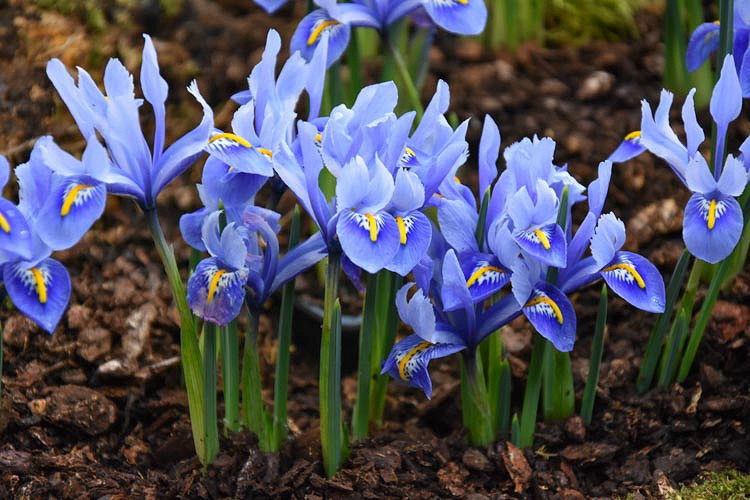
- Heuchera (Heuchera sanguinea) is a hardy perennial that produces colorful foliage in shades of red, orange, and yellow. It is a good choice for planting in partial shade, and it will help to add a pop of color to your garden.
- Hosta (Hosta plantaginea) is a shade-loving perennial that produces large, heart-shaped leaves in shades of green, blue, and yellow. It is a good choice for planting near kinnikinnick, as it will help to create a lush and shady oasis in your garden.
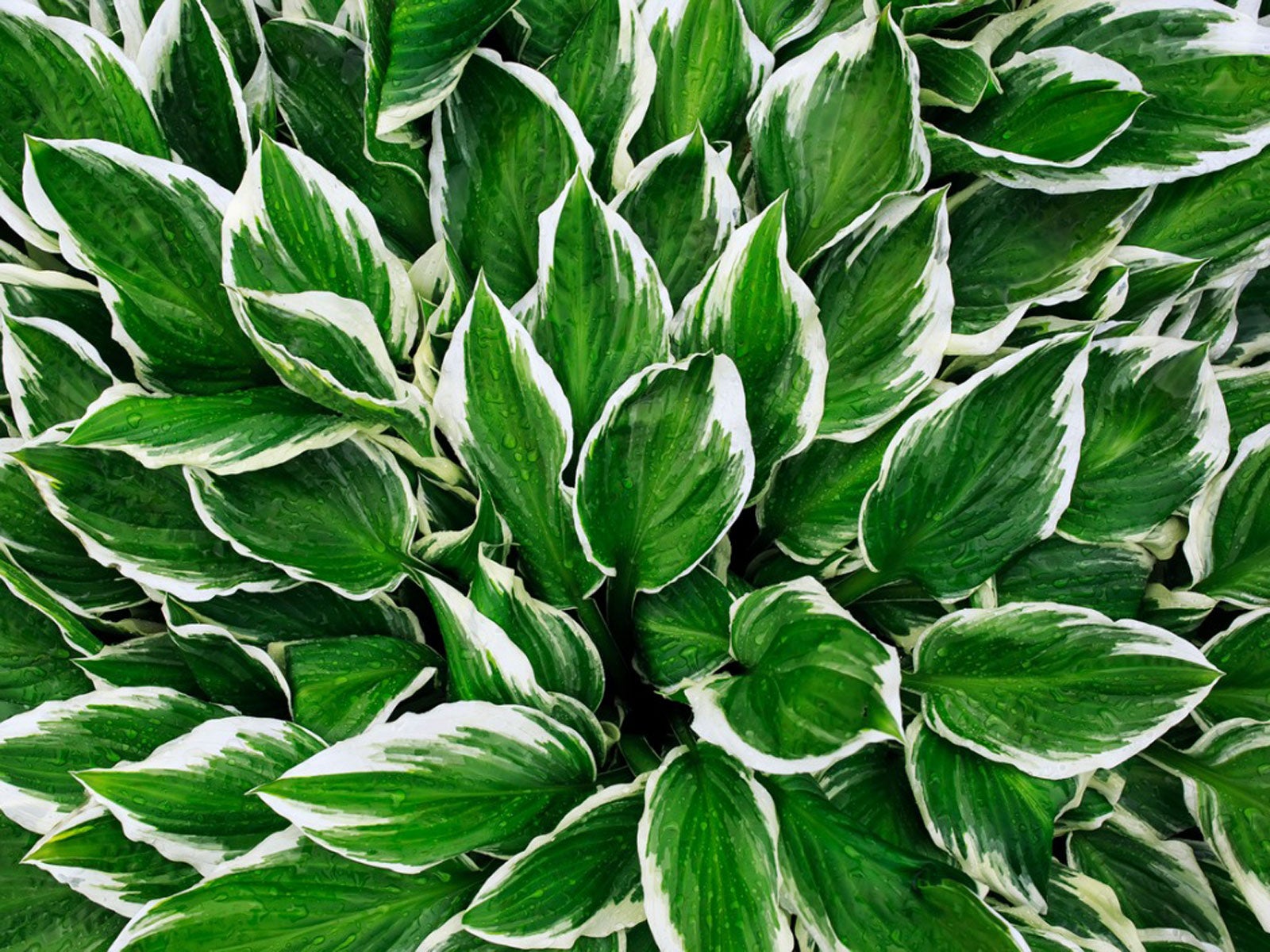
- Astilbe (Astilbe chinensis) is a delicate perennial that produces feathery flowers in shades of white, pink, and red. It is a good choice for planting in moist soil, and it will help to add a touch of elegance to your garden.
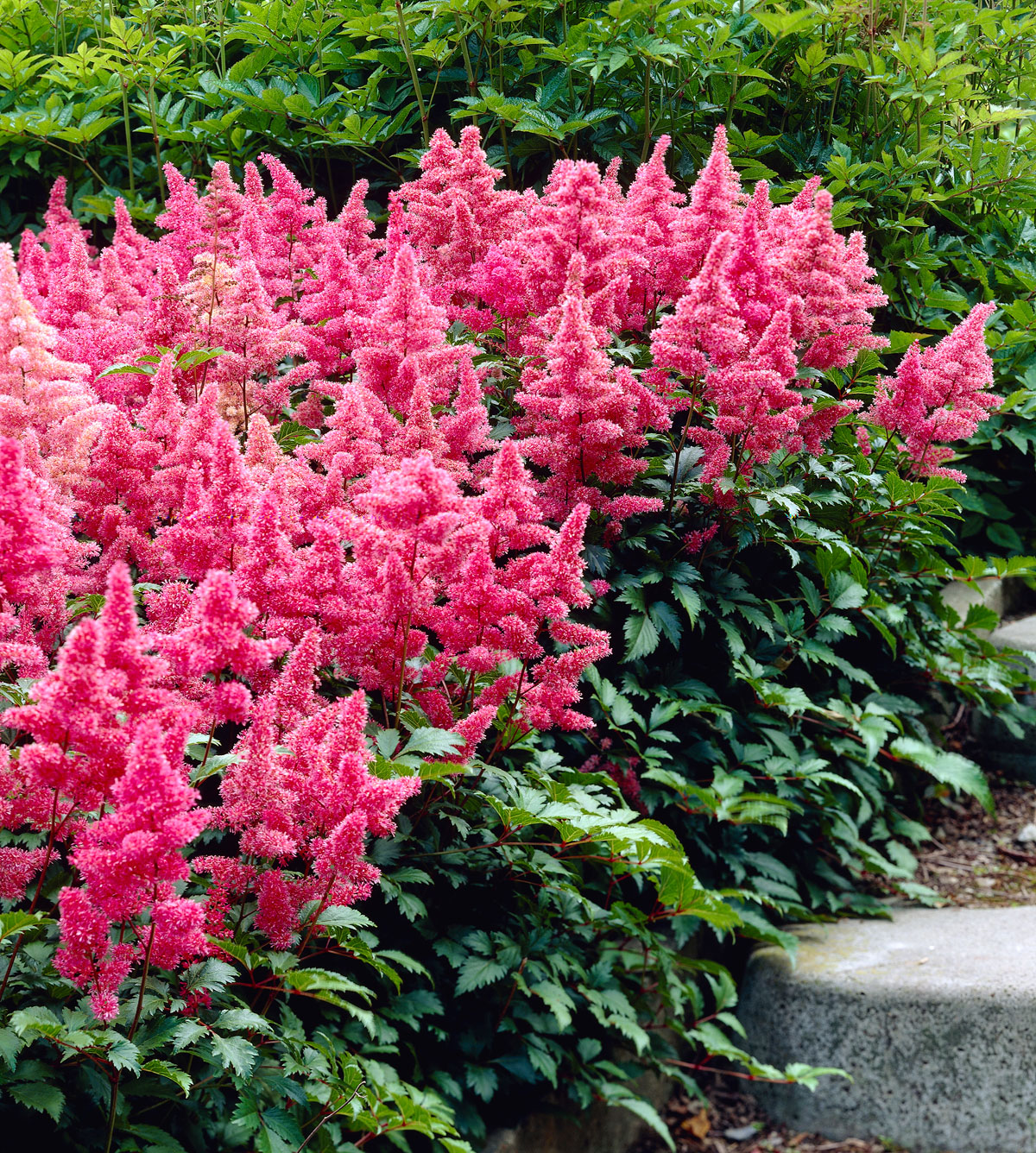
These are just a few of the many great kinnikinnick companion plants. When choosing companion plants, it is important to consider the size, color, and light requirements of the plants. By carefully selecting your companion plants, you can create a beautiful and harmonious landscape that will thrive for years to come.
Kinnikinnick (Arctostaphylos uva-ursi) is a low-growing evergreen shrub that is native to North America. It is known for its shiny green leaves, pink flowers, and red berries. Kinnikinnick is a hardy plant that can tolerate a wide range of conditions, including full sun to partial shade and well-drained to moist soil. It is also deer-resistant and drought-tolerant.
Kinnikinnick can be used as a groundcover or in rock gardens. It is also a good choice for erosion control. When choosing companion plants for kinnikinnick, it is important to consider the plant's growing conditions and the desired effect. Some good companion plants for kinnikinnick include:
- Creeping Oregon grape (Mahonia repens)
- Evergreen candytuft (Iberis sempervirens)
- Japanese sedge (Carex comans)
- Mountain mint (Pycnanthemum muticum)
- Snowberry (Symphoricarpos albus)
For more information about kinnikinnick companion plants, please visit Gardenia Inspiration.
FAQ of kinnikinnick companion plants
Question 1: What are some good companion plants for kinnikinnick?
Answer: Kinnikinnick (Arctostaphylos uva-ursi) is a hardy evergreen shrub that is native to North America. It is found in a variety of habitats, including sandy slopes, exposed rocky banks, dry subalpine meadows, and coniferous forests. Kinnikinnick is a low-maintenance plant that is drought-tolerant and can tolerate high levels of shade. It is also a nitrogen-fixing plant, which means that it can help to improve the soil quality of the area around it.
Some good companion plants for kinnikinnick include:
- Other evergreen shrubs, such as rhododendrons, mountain laurel, and heather.
- Perennials, such as astilbe, hosta, and coral bells.
- Groundcovers, such as moss, thyme, and creeping juniper.
- Native wildflowers, such as lupine, daisy, and Indian paintbrush.
These plants will all thrive in the same conditions as kinnikinnick and will help to create a beautiful and diverse landscape.
Question 2: What are the benefits of planting kinnikinnick with other plants?
Answer: There are several benefits to planting kinnikinnick with other plants. First, it can help to attract pollinators, such as bees and butterflies. Second, it can help to improve the soil quality by fixing nitrogen. Third, it can help to provide shade and shelter for other plants. Fourth, it can help to prevent erosion. Fifth, it can add beauty and interest to the landscape.
Question 3: What are some things to avoid when planting kinnikinnick with other plants?
Answer: There are a few things to avoid when planting kinnikinnick with other plants. First, do not plant it with plants that require a lot of water, as kinnikinnick is drought-tolerant. Second, do not plant it with plants that are susceptible to root rot, as kinnikinnick can harbor root rot pathogens. Third, do not plant it with plants that have different light requirements, as kinnikinnick can tolerate full sun or partial shade.
Question 4: How far apart should kinnikinnick plants be planted?
Answer: The spacing between kinnikinnick plants will depend on the size of the mature plants. For small shrubs, you should plant them about 2-3 feet apart. For larger shrubs, you should plant them about 4-5 feet apart.
Question 5: How do I care for kinnikinnick plants?
Answer: Kinnikinnick plants are relatively low-maintenance. They need to be watered regularly during the first year after planting, but once they are established, they are drought-tolerant. They should be fertilized in the spring with a balanced fertilizer. Kinnikinnick plants do not need to be pruned, but you can remove dead or damaged branches as needed.
Image of kinnikinnick companion plants
5 different images of kinnikinnick companion plants from Pinterest:
- Bearberry: Bearberry is a low-growing evergreen shrub that is native to North America. It is a good companion plant for kinnikinnick because it shares similar growing conditions. Both plants prefer full sun and well-drained soil. Bearberry also helps to suppress weeds and improve the drainage around kinnikinnick.
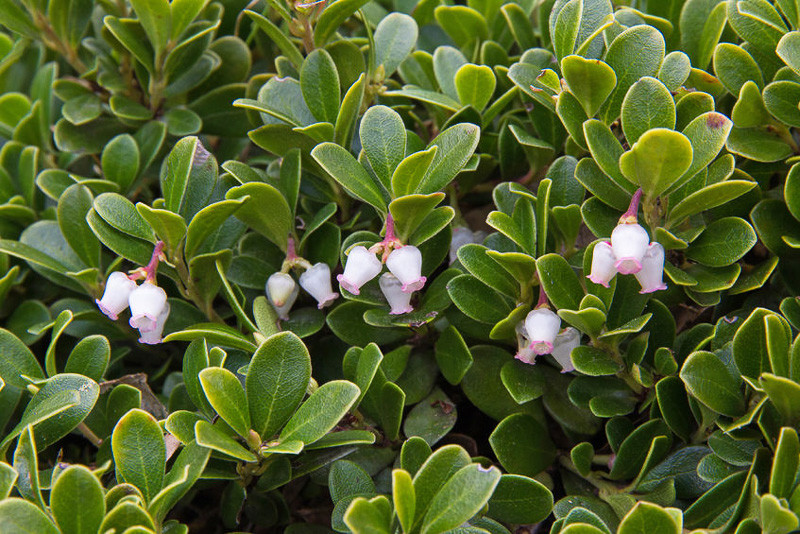
- Highbush cranberry: Highbush cranberry is a shrub that is native to North America. It is a good companion plant for kinnikinnick because it provides food and shelter for wildlife. Highbush cranberry also helps to attract pollinators, which can help to improve the pollination of kinnikinnick.
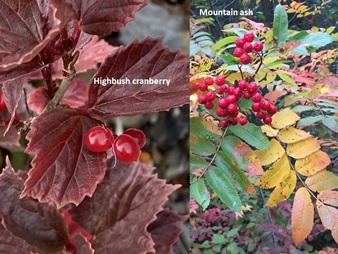
- Wintergreen: Wintergreen is a low-growing evergreen plant that is native to North America. It is a good companion plant for kinnikinnick because it shares similar growing conditions. Both plants prefer full sun and well-drained soil. Wintergreen also helps to improve the drainage around kinnikinnick and suppress weeds.
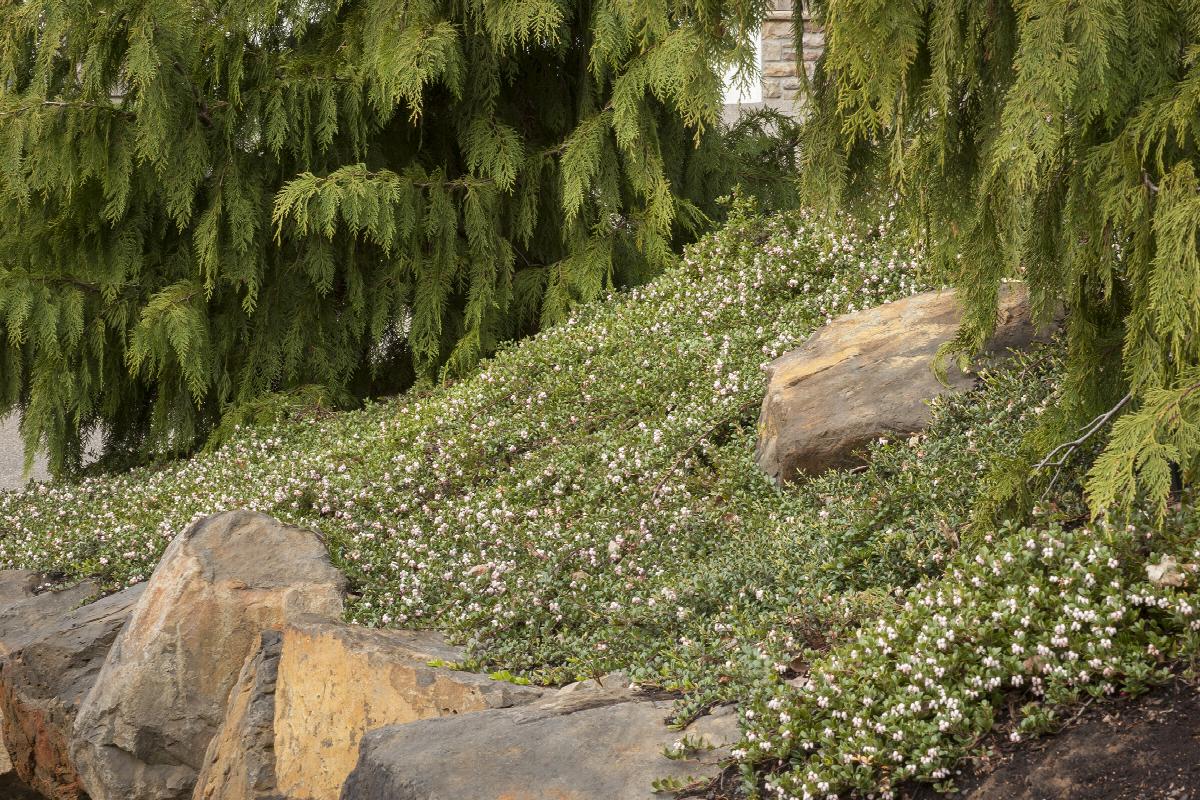
- Sweetgale: Sweetgale is a herbaceous perennial plant that is native to North America. It is a good companion plant for kinnikinnick because it provides food and shelter for wildlife. Sweetgale also helps to attract pollinators, which can help to improve the pollination of kinnikinnick.
- Thimbleberry: Thimbleberry is a shrub that is native to North America. It is a good companion plant for kinnikinnick because it provides food and shelter for wildlife. Thimbleberry also helps to attract pollinators, which can help to improve the pollination of kinnikinnick.

Post a Comment for " Kinnikinnick Companion Plants That Will Make Your Garden Pop"